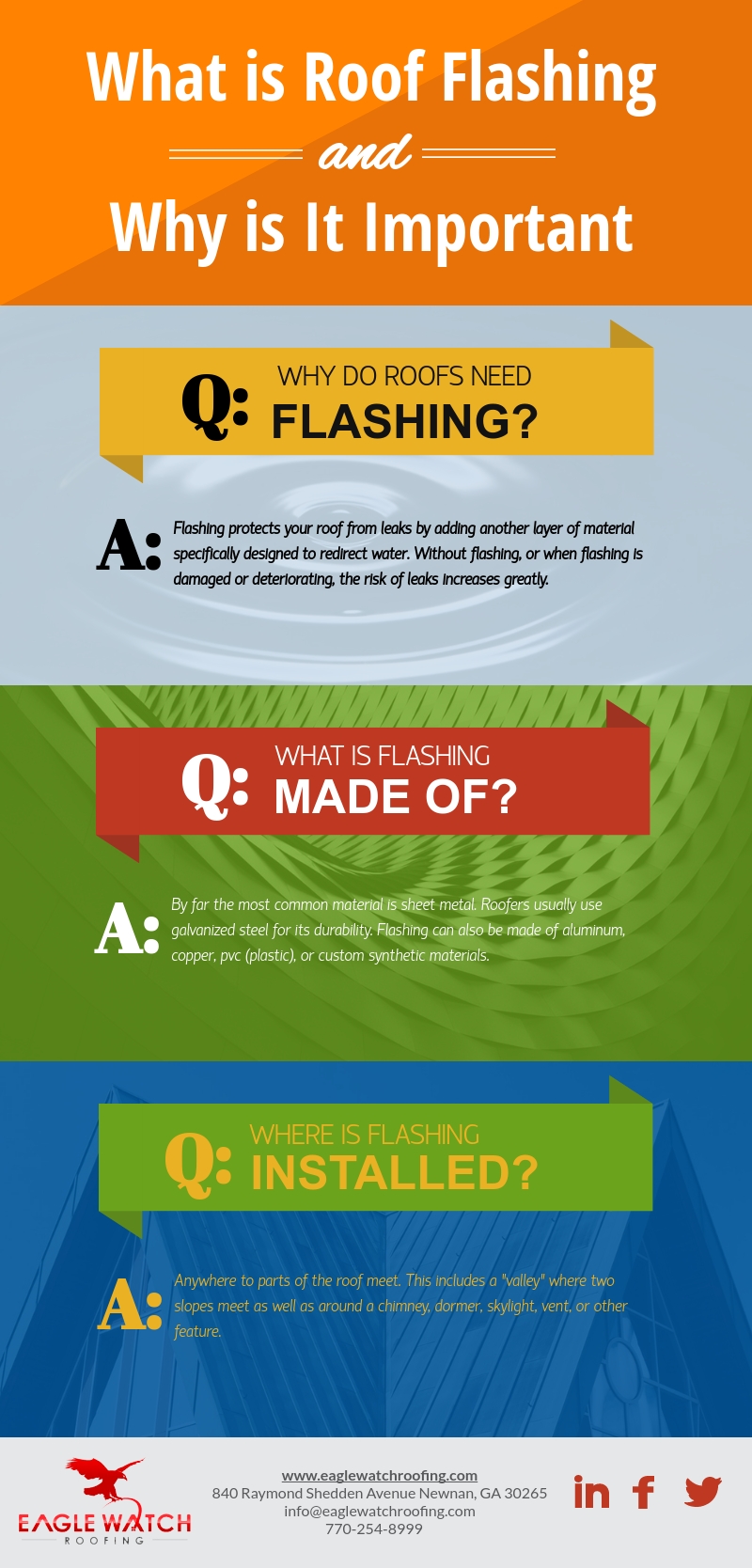Assess The Costs And Benefits Of Solar Installment To Highlight The Potential Financial Gains For Those Discovering This Renewable Energy Remedy
Assess The Costs And Benefits Of Solar Installment To Highlight The Potential Financial Gains For Those Discovering This Renewable Energy Remedy
Blog Article
how much do residential solar panels weigh Create By-Storm Fog
When thinking about the costs of solar installment, you may question the upfront investment called for and whether it lines up with the prospective long-lasting benefits. Comprehending the complexities of these costs and the different elements influencing the total return can clarify the value proposition of transitioning to solar energy. By assessing both the preliminary configuration prices and the predicted savings gradually, you can gain insight right into whether the investment in solar setup holds guarantee for your economic future.
First Configuration Costs
When taking into consideration the costs of solar installment, the initial arrangement expenditures play a critical role in your decision-making process. These ahead of time costs consist of the rate of solar panels, inverters, mounting equipment, and installment labor.
The price of photovoltaic panels can vary depending upon the brand, efficiency, and dimension you pick. Inverters are essential for converting the sun's energy right into functional electrical energy and be available in different kinds such as string inverters, microinverters, and power optimizers, each with its own price implications.
Placing devices, such as shelfs and rails, is necessary to securely mount solar panels on your roofing or residential or commercial property.
The setup labor expense covers the professional installation of the planetary system, ensuring that everything is set up appropriately and efficiently. Remember that while these initial configuration expenses may appear high, there are frequently discounts, tax incentives, and financing choices offered to help balance out the prices and make solar setup extra budget-friendly over time.
Long-Term Savings Evaluation
To recognize the monetary advantages of solar installation in time, it's important to perform a thorough long-lasting financial savings analysis. While the first arrangement expenditures of photovoltaic panels may seem complicated, the long-term cost savings can surpass these prices considerably. By utilizing the power of the sun to generate electricity for your home, you can possibly save countless bucks on your energy costs over the lifespan of your solar system.
Among the essential factors to think about in a lasting cost savings analysis is the decrease in your electrical power costs. With solar panels, you can create your electrical power, minimizing or even eliminating your dependence on the grid. This can result in considerable financial savings, particularly as energy prices continue to rise.
In addition, numerous federal governments provide motivations such as tax credit reports and rebates for setting up solar panels, better enhancing your lasting savings. By making the most of these incentives and optimizing your solar energy manufacturing, you can enjoy substantial economic benefits for several years ahead.
Return on Investment Calculation
Thinking about the economic advantages of solar installation, it's time to evaluate the Return on Investment (ROI) estimation. Figuring out the ROI entails contrasting the overall prices of installing a planetary system with the financial benefits it generates over its life expectancy.
To compute ROI, separate the internet benefit from the system by the complete financial investment expense and multiply by 100 to obtain a percentage. The ROI formula is: (Internet Profit/ Overall Investment Price) x 100.
For example, if the complete expense of setting up a solar system is $20,000, and over its lifespan, it generates financial savings and incomes completing $30,000, the net profit would be $10,000. Dividing this by the complete investment expense of $20,000 provides a proportion of 0.5. Increasing how big are residential solar panels by 100 gives an ROI of 50%.
Generally, a greater ROI suggests a much more economically gratifying investment. Factors like federal government rewards, maintenance expenses, and energy price variations can affect the ROI of solar installations. Understanding the ROI aids in examining whether purchasing solar power is worth it in the future.
Conclusion
To conclude, comprehending the prices of solar installment is critical for figuring out if it is worth the investment. By thinking about solar roof companies near me , carrying out a long-term savings analysis, and determining the return on investment, you can make an informed choice regarding the monetary worth of solar energy. With the capacity for minimized utility expenses and raised power self-reliance, purchasing solar setup can be a wise selection for both your wallet and the setting.
